When Your AC Won't Blow Cool Air Into Your Home
When your ac isnt blowing air through the vents, it can turn your comfortable home into an uncomfortable oven, especially during Pittsburgh's hot summer days. Here are the most common causes and quick fixes:
Immediate Diagnostic Steps:
- Check your air filter - A clogged filter blocks airflow completely
- Verify thermostat settings - Ensure it's set to "cool" and fan to "auto"
- Inspect vents and registers - Remove furniture or debris blocking airflow
- Look for ice buildup - Frozen coils stop air circulation entirely
- Check the circuit breaker - A tripped breaker cuts power to your system
The problem could be as simple as a dirty filter or as complex as a failing blower motor. Research shows that 90% of low refrigerant cases are caused by leaks, while dirty air filters are the most frequent cause of system freeze-ups that stop airflow completely.
Most homeowners can handle basic checks like filter changes and thermostat adjustments. However, issues involving electrical components, refrigerant leaks, or frozen coils typically require professional diagnosis and repair.
I'm Bill Scott, and in my 15+ years in the HVAC industry, I've diagnosed thousands of cases where an ac isnt blowing air properly. Most of these situations start with simple troubleshooting steps that homeowners can perform safely before calling for professional help.
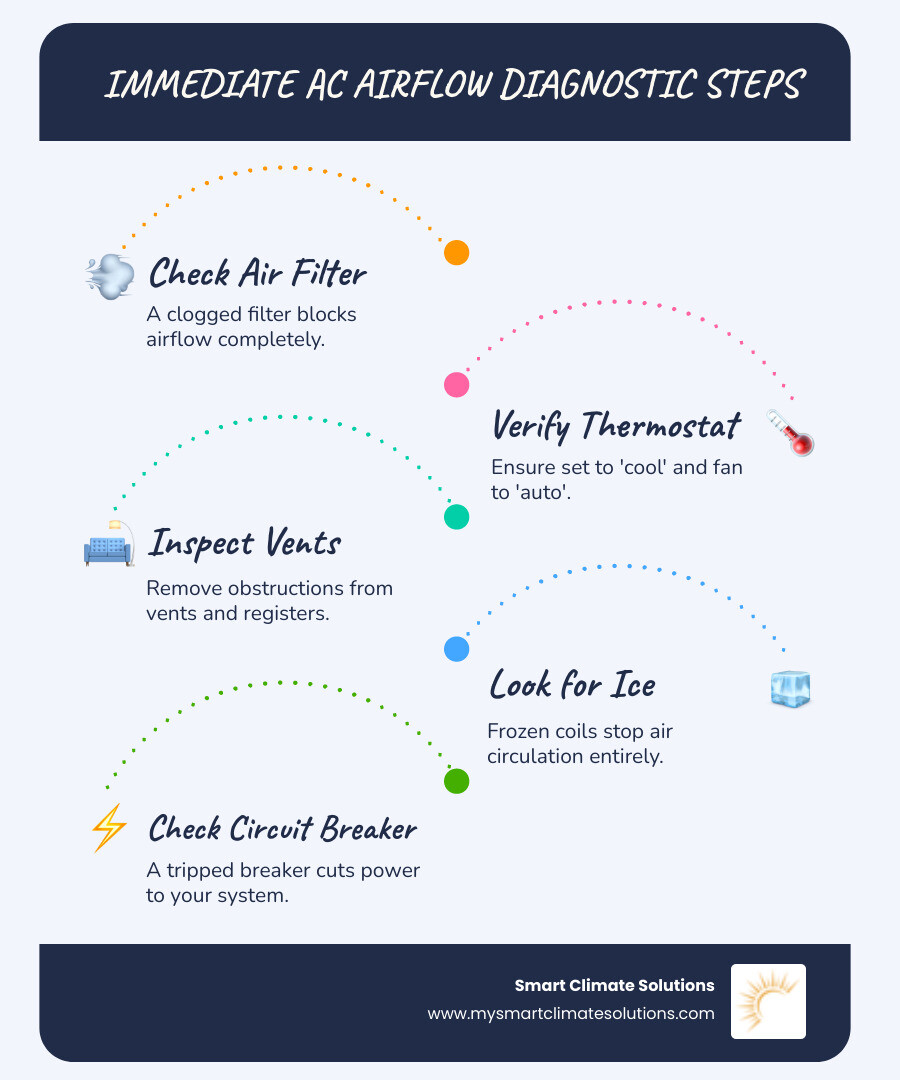
First Things First: 5 Simple Checks Before You Call for Help
Before you panic and envision a summer of sweltering heat, let's walk through some of the most common and easily fixable reasons why your AC might be running but not delivering that sweet, cool breeze. These are the initial steps we always recommend our customers in Pittsburgh, South Hills, Burgettstown, Washington, Steubenville, St. Clairsville, and Weirton take before they pick up the phone.
1. Check for a Clogged Air Filter
Imagine trying to breathe with a heavy blanket over your mouth and nose. It's a struggle, right? That's basically what a dirty air filter does to your AC. A clogged air filter is by far the most frequent culprit when your AC isn't blowing air effectively. Over time, air filters accumulate dirt, dust, pet dander, and other debris, creating a thick barrier that restricts airflow. This not only reduces the amount of air your AC can pull in through the return vents but also limits the cool air it can push out.
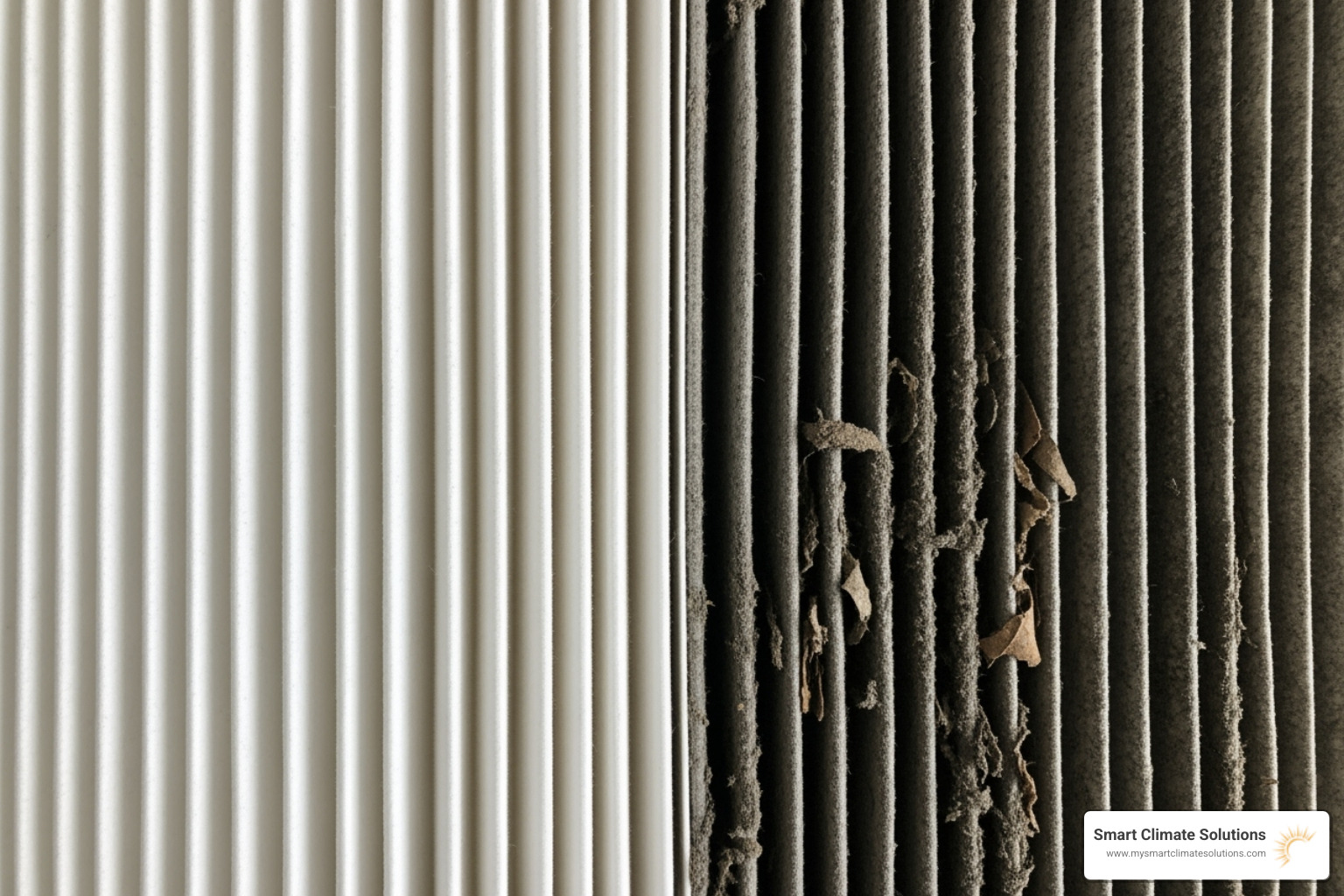
A severely clogged filter can lead to a host of problems beyond just weak airflow, including reduced efficiency, increased energy bills, and even causing your evaporator coil to freeze (more on that later). We always recommend checking your air filter monthly, especially if your AC runs constantly or if you have shedding pets. Consumer Reports recommends changing filters on central air conditioners once a month. It's a simple DIY fix that can save you a lot of hassle and money. For more comprehensive insights into maintaining your system, check out our guide on AC Maintenance.
2. Inspect Vents and Registers
Sometimes the simplest solutions are the most overlooked. Have you checked all your supply vents and return registers? It's easy for furniture, curtains, rugs, or even playful pets to accidentally block these crucial pathways for air. If supply vents are blocked, the cool air can't get into your rooms. If return vents are obstructed, your system can't pull enough warm air back to be conditioned, leading to reduced airflow and potential system strain.
Ensure all supply vents are fully open and clear of obstructions. Similarly, make sure your return air grates (usually larger and located on walls or ceilings) are not covered or blocked. If you have dampers in your ductwork, ensure they are open, especially in the rooms you want to cool. Sometimes, trying to "force" more air into one room by closing vents in others can actually create more problems than it solves, leading to uneven cooling and system inefficiency.
3. Troubleshoot Your Thermostat When the AC Isn't Blowing
Your thermostat is the brain of your HVAC system, so if it's not thinking straight, your AC won't perform as expected. A common issue is incorrect settings. Make sure your thermostat is set to "Cool" mode, and the temperature is set lower than the current room temperature. Also, ensure the fan setting is on "AUTO" rather than "ON." If it's on "ON," the fan will continuously blow air, even if it's not being cooled, which can mask a cooling problem. If it's on "AUTO," the fan only runs when the system is actively cooling.
If your thermostat is battery-operated, dead batteries can cause it to malfunction or stop communicating with your AC unit altogether. A quick battery replacement might be all you need. For digital thermostats, sometimes a simple reset can resolve minor glitches. If you suspect wiring issues or more complex thermostat problems, that's when it's time to consider our comprehensive HVAC services.
4. Reset the Circuit Breaker
Your AC unit draws a significant amount of electricity, and sometimes, for safety, a circuit breaker can trip, cutting power to your system. This is especially common during power surges or if the unit is struggling. If your AC isn't blowing any air at all, or the outdoor unit isn't running, head to your home's main electrical panel.
Locate the breaker labeled for your "AC," "Furnace," or "Air Handler." It might be in the "off" position or somewhere in between "on" and "off." Flip it firmly to the "off" position, wait about 30 seconds, and then flip it back to the "on" position. This can sometimes reset the system and restore power. Safety first: if the breaker trips repeatedly, it indicates a more serious electrical issue that requires professional attention.
5. Clean the Outdoor Condenser Unit
While the outdoor condenser unit doesn't directly blow air into your home, its cleanliness significantly impacts your AC's performance and, indirectly, your indoor airflow. The condenser unit is responsible for releasing the heat absorbed from your home into the outside air. If it's covered in dirt, leaves, grass clippings, or other debris, it can't efficiently dissipate heat. This causes the system to work harder, reduces its cooling capacity, and can even lead to overheating and automatic shutdown.
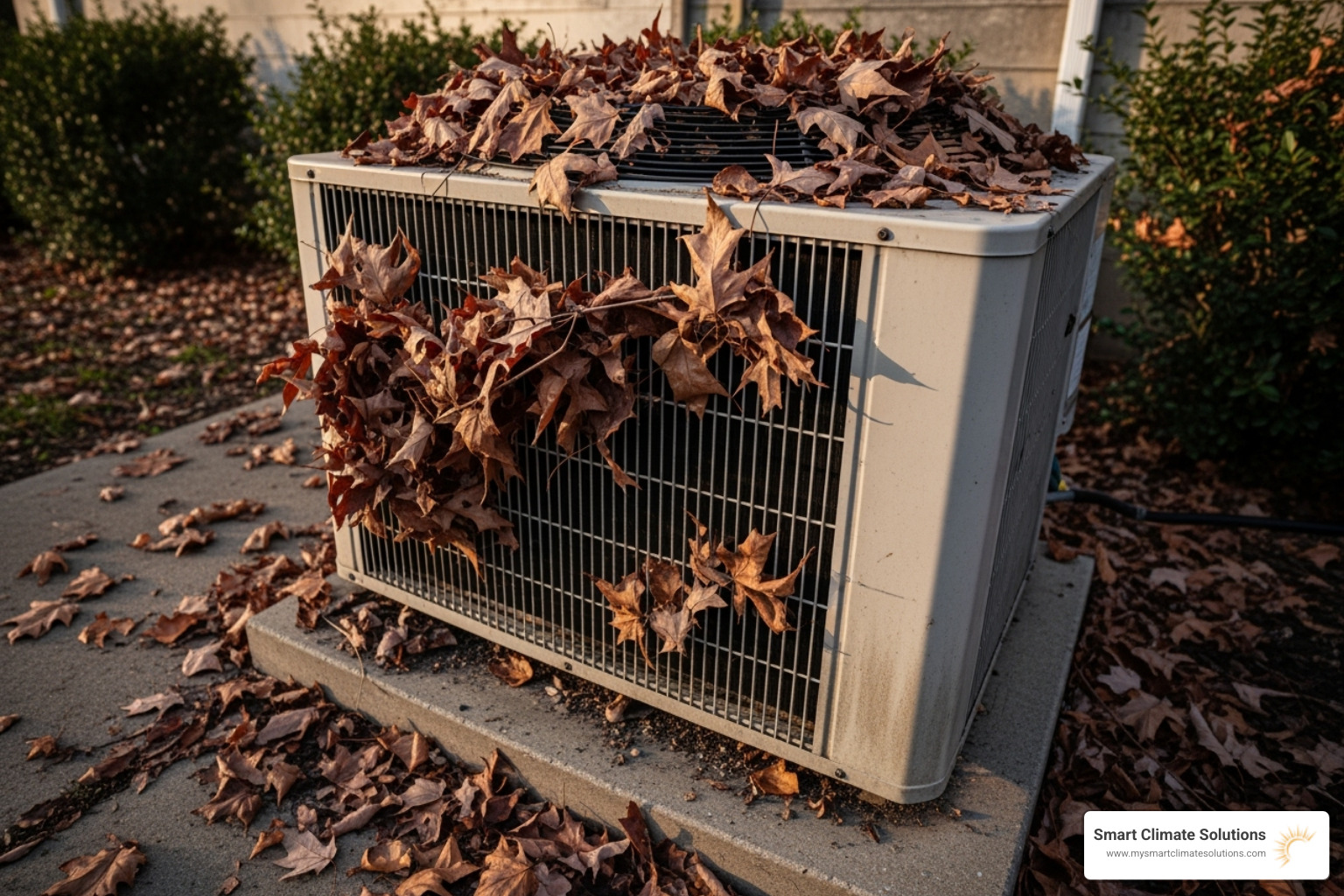
You can gently clean the outdoor unit yourself. First, turn off the power to the unit at the circuit breaker for safety. Then, use a garden hose (not a pressure washer, as it can bend the delicate fins) to spray away any loose debris from the condenser fins. Ensure there's at least two to three feet of clear space around the unit, and five feet above it, to allow for proper airflow. This helps your AC breathe easy and perform optimally.
Why Your AC Isn't Blowing: Deeper System Problems
So, you've tried all the easy fixes, and your ac isnt blowing air like it should? Or maybe it's just a weak whisper of air, not the cool breeze you crave. If those simple checks didn't do the trick, it's likely the issue lies a bit deeper within your HVAC system. These problems are often more complex and usually require a professional's touch to diagnose and repair safely. Let's explore some of these internal system failures.
What to Do When Your AC Isn't Blowing Due to a Frozen Coil
Imagine your AC unit trying to breathe through a block of ice. That's essentially what happens when your evaporator coil freezes. This coil, tucked away inside your indoor unit, is designed to absorb heat from your home's air. But if it gets too cold, or if airflow is restricted, it can build up a thick layer of ice. This ice acts like a wall, preventing the coil from doing its job and completely blocking any air from passing through. You might even hear hissing noises or spot water leaking from your indoor unit as the ice starts to melt.
What causes this icy problem? Often, it's due to low airflow (maybe that dirty filter or blocked vent you just checked!) or low refrigerant levels (we'll get to that next). If you find a frozen coil, here's the most important rule: DO NOT try to chip away the ice! You could easily damage delicate parts. Instead, turn your AC unit completely OFF, but set your thermostat's fan to the "ON" position (not "AUTO"). This circulates room-temperature air over the coil, helping it thaw naturally. This can take several hours, sometimes even a full day. Once it's completely thawed, double-check your air filter and make sure all vents are open. If the coil freezes again, it's a sure sign of a deeper issue, like a refrigerant leak or a faulty blower, and it's time for a professional AC Tune-Up.
Blower and Fan Issues
Think of your AC's blower as the lungs of your system. It's the powerful fan that pulls air in, pushes it over the cooling coils, and then sends that lovely conditioned air throughout your ducts and into every room. If your ac isnt blowing air, or if the airflow feels incredibly weak, a problem with this hardworking blower or its fan is a strong suspect.
Here are some common culprits:
- A dirty blower wheel: Just like your air filter, the blower wheel can get caked with dirt and grime over time. This heavy buildup makes it harder for the wheel to spin efficiently and push air.
- A worn or loose fan belt: In some older systems, a belt connects the motor to the blower. If it's old or loose, it can slip, meaning the blower doesn't turn as it should. You might even hear a high-pitched squealing sound.
- A faulty blower motor: The motor itself can simply give out. If it fails completely, you'll get no air movement at all. Sometimes, it might just struggle, causing a humming sound but no actual air.
- A bad run capacitor: Both the indoor blower fan and the outdoor condenser fan need a component called a run capacitor to kick-start and keep their motors going. If this little electrical part fails, the fan won't spin.
If you hear your outdoor unit humming away but feel little to no air coming from your indoor vents, it's very likely a blower issue. While you can sometimes clean accessible parts, complex problems like replacing a motor or capacitor are definitely jobs for certified professionals. Our Air Conditioner Repair Services are fully equipped to handle all types of blower and fan problems, getting your air moving again.
Leaky or Blocked Air Ducts
Your home's air ducts are like the highways for your conditioned air, delivering it from your AC unit to every corner of your house. If your ac isnt blowing air effectively, especially in specific rooms, issues within these ducts could be the surprising reason.
Common duct problems include:
- Leaky supply ducts: Over time, ducts can develop cracks, holes, or loose connections. This means your perfectly conditioned air is escaping into unconditioned spaces like your attic, crawl space, or even inside your walls, instead of making it to your living areas. You're essentially paying to cool spaces you don't even use!
- Loose or disconnected ductwork: Sometimes, sections of ductwork can completely detach, leading to a total loss of airflow to a specific room or area.
- Kinked or crushed flex duct: If you have flexible ductwork, particularly in tight spots, it can become bent or squashed, severely restricting air passage.
- Internal blockages: Though less common, debris, pests, or even insulation can sometimes find their way into a duct and create a blockage.
Signs that your ducts might be the problem include hot and cold spots throughout your home, an increase in household dust (if dirty air is being pulled in through leaky return ducts), and surprisingly high utility bills because your system is working harder than it should. While you can certainly peek at easily accessible ducts for obvious damage, finding and sealing all leaks often requires specialized tools and the expertise of a professional.
Low Refrigerant Levels
Think of refrigerant as the "blood" of your AC system. It's the special fluid that absorbs heat from your indoor air and then carries that heat outside to be released. If your ac isnt blowing cold air, or if the air isn't very cold, low refrigerant levels are a common cause.
Your AC operates on a closed-loop system. This means refrigerant is never "used up" or "consumed" like gasoline in a car. If your system is low on refrigerant, it almost always points to a leak. In fact, studies show that leaks are the reason behind 90% of all cases of low refrigerant. Simply adding more refrigerant without finding and fixing the leak is a temporary, costly, and environmentally irresponsible solution.
Signs that your system might be running low on refrigerant include:
- Reduced cooling capacity: The air coming from your vents might not feel as cold as it should, or your home just won't cool down.
- A frozen evaporator coil: As we discussed earlier, low refrigerant can cause the coil to get too cold and freeze up.
- Hissing or bubbling sounds: These noises can sometimes indicate a refrigerant leak within the system.
Identifying and repairing a refrigerant leak requires specialized equipment and training that only certified HVAC technicians possess. It's a complex and potentially dangerous job, as attempting to handle refrigerant yourself is unsafe and illegal. If you suspect a refrigerant leak, or if you're concerned about your AC compressor repair cost, it's definitely time to call in the pros from Smart Climate Solutions.
When to Call a Professional HVAC Technician
While we love empowering homeowners to handle simple fixes, there are times when your AC issues go beyond a quick DIY. For these more complex, potentially dangerous problems, it's truly best to call in a professional HVAC technician. Our certified experts at Smart Climate Solutions are always ready to safely diagnose and fix these trickier issues.
So, how do you know when it's time to pick up the phone and get some professional help? Keep an eye out for these tell-tale signs:
- Persistent Freezing: If your evaporator coil keeps freezing up, even after you've thawed it and replaced the air filter, it points to a deeper issue like a refrigerant leak.
- Suspected Refrigerant Leak: Refrigerant is a hazardous material that requires certified handling. If you suspect a leak (hissing sounds, reduced cooling), it's a definite job for a pro.
- Loud Mechanical Noises: Grinding, squealing, or banging sounds can signal serious trouble with the compressor, blower motor, or other internal parts.
- Burning Smells: This is an urgent red flag for an electrical problem or an overheating motor. Turn off your system at the breaker immediately and call for service.
- Recurring Electrical Issues: If your AC breaker trips repeatedly, it indicates an underlying electrical fault that needs professional diagnosis.
- Unit is Over 15 Years Old: If your older unit has significant airflow problems, it may be more cost-effective to replace it than to continue with expensive repairs.
- No Airflow at All: If you've checked the thermostat and breaker and still get nothing, it likely means a failed blower motor or capacitor, which requires a professional repair.
Don't let these bigger problems leave you in the heat. For peace of mind, or if you simply prefer to leave the complex stuff to the experts, Smart Climate Solutions is here for you. We even offer 24 Hour AC Repair because we know your comfort can't wait!
Frequently Asked Questions about AC Airflow
It's completely normal to have questions when your AC isn't blowing air properly. We often hear similar concerns from our customers in Pittsburgh and the surrounding areas. Let's tackle some of the most common ones we get asked!
Why is air not coming out of the vents in just one room?
This can be incredibly frustrating, especially when the rest of your home feels fine. If you're noticing weak or no airflow in just one specific room, it usually points to an issue with that particular part of your ductwork. Think of it like a traffic jam on one specific road in your home's air highway system.
Here are the most likely reasons:
First, check for a closed damper. Many duct systems have little "valves" called dampers. They let you control how much air goes to different rooms or zones. It's easy for a damper in that room's ductwork to get accidentally closed or partially shut. A quick look or feel can sometimes tell you if it's open.
Second, the duct leading to that vent might be disconnected or crushed. This happens more often than you'd think, especially if there's been recent work in your attic or crawl space. A flexible duct could be kinked or crushed, stopping the air from flowing. Imagine trying to drink through a bent straw - that's what's happening to your air!
Finally, though less common, there could be an obstruction inside the vent itself. Sometimes, debris, insulation, or even a small critter can find its way into a duct and create a blockage. While you can usually check for easily accessible dampers, finding and fixing disconnected or crushed ducts often needs a professional's keen eye and tools.
Can a dirty outdoor unit really stop indoor airflow?
Yes, indirectly, it absolutely can! While your outdoor condenser unit doesn't physically blow air into your home, its job is crucial: it releases the heat your AC pulls from inside your house. If it can't do its job, your whole system suffers, and that can definitely impact your indoor airflow.
Here's how a dirty outdoor unit can cause problems:
Think of it like this: if the condenser coils are covered in grime, leaves, or grass clippings, the unit can't efficiently get rid of the heat. This makes the system overheat. Modern AC units are smart; they have safety features that will shut down the compressor (and sometimes the entire system, including the indoor fan) to protect themselves from damage. When the compressor is off, your AC isn't blowing cold air, and in some cases, it won't blow any air.
Even if it doesn't shut down completely, a dirty outdoor unit will greatly reduce your AC's ability to cool the air. The indoor fan might still be running, but the air coming out won't be cold. This struggle can even lead to other issues, like your indoor evaporator coil freezing up (which, as we discussed earlier, directly stops indoor airflow!).
In short, a dirty outdoor unit might not block your vents, but it can force your system to quit or operate so poorly that your ac isnt blowing cold air, or eventually, any air at all.
How does the age of my HVAC unit affect airflow?
Just like us, HVAC units get a little tired and less efficient as they get older. While many units can last 15-20 years (and some even longer with great care!), time takes its toll. As your system ages, several key parts can wear out, directly impacting how well air moves through your home.
For instance, the blower motor weakens over time. This is the part that pushes air through your ducts. An older motor might not spin as fast or as powerfully as it once did, leading to weaker airflow even if it's still running. Bearings can wear out, adding friction and reducing efficiency.
Beyond the blower, other components simply wear out. Things like capacitors, relays, and even the compressor itself become less efficient and more likely to fail. A struggling compressor can cause problems like low refrigerant or a frozen coil, both of which will restrict airflow.
Even your ductwork can deteriorate. Older ducts might develop more leaks, or even sag and create blockages, meaning less air actually reaches your vents. And over the years, even with regular maintenance, dirt and corrosion can build up in hard-to-reach areas deep inside the coils, creating chronic airflow problems.
If your HVAC unit is over 15 years old and you're constantly dealing with weak airflow, even after regular maintenance, it might be a sign that it's nearing the end of its life. At this point, the cost of frequent repairs often starts to outweigh the benefits of investing in a new, more efficient system that can keep your home comfortable for years to come.
Get Your Cool Air Flowing Again
There's nothing quite like that feeling of dread when your AC isn't blowing air, especially when the summer heat is beating down. It's truly frustrating! But take a deep breath. As we've explored, many common AC issues can actually be diagnosed and even fixed by you, the homeowner. Simple steps like swapping out a dirty air filter, double-checking your thermostat, or giving your outdoor unit a quick clean can often get that cool air flowing again. These little checks can save you a big headache - and some money too!
Now, while we love empowering homeowners, remember: safety always comes first. If your AC problem involves electrical parts, if you suspect a refrigerant leak (that's serious stuff!), or if you simply feel the issue is too big for a DIY fix, please don't hesitate. It's always smart to call in the pros. Trying to tackle complex repairs without the right tools or know-how can be risky, both for you and for your AC system. Regular maintenance, as we've highlighted throughout this guide, is truly your best friend in preventing many of these issues from popping up in the first place!
That's where Smart Climate Solutions comes in! We pride ourselves on being your go-to comfort experts. Our technicians aren't just certified; they're truly dedicated to providing fast, reliable service. With over 15 years of experience under our belts, we've seen it all, and we're committed to making sure you're comfortable and completely satisfied. Plus, with our 24/7 emergency support, help is always just a call away, whether you're in Pittsburgh PA, South Hills PA, Burgettstown PA, Washington PA, Steubenville OH, St. Clairsville OH, or Weirton WV.
So, don't let a silent AC system spoil your day or your summer. If you've worked through our troubleshooting guide and your AC isn't blowing that glorious cool air, or if you simply want the peace of mind that comes with a professional diagnosis, we're here for you. We're ready to help! Contact us today, and let Smart Climate Solutions get your cool air flowing strong and steady once more!





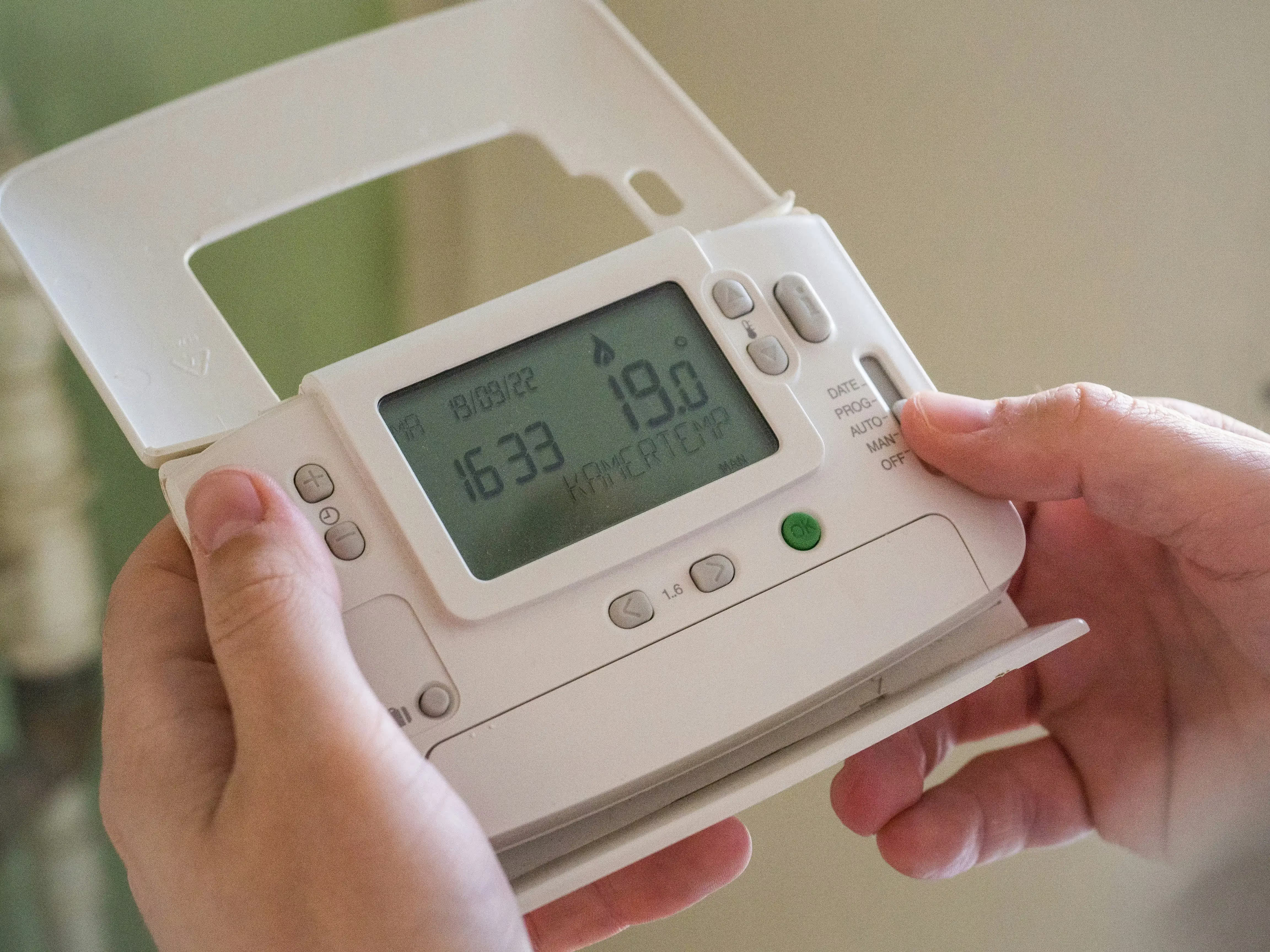
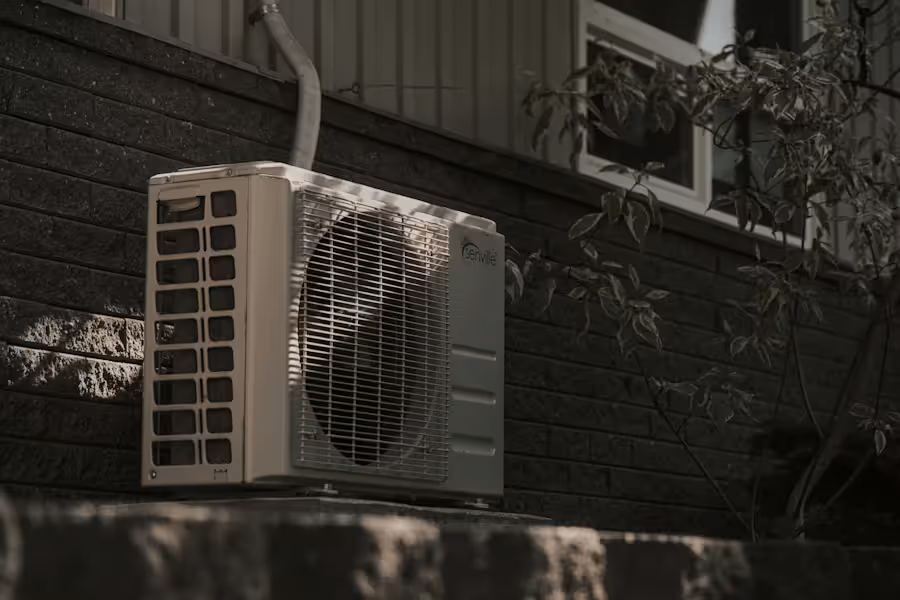
.png)
